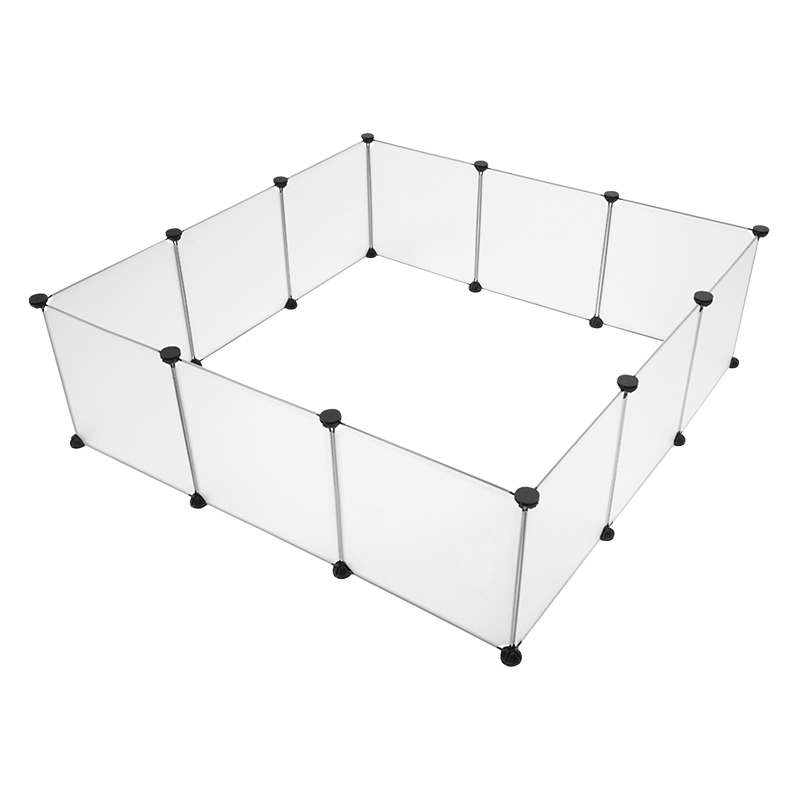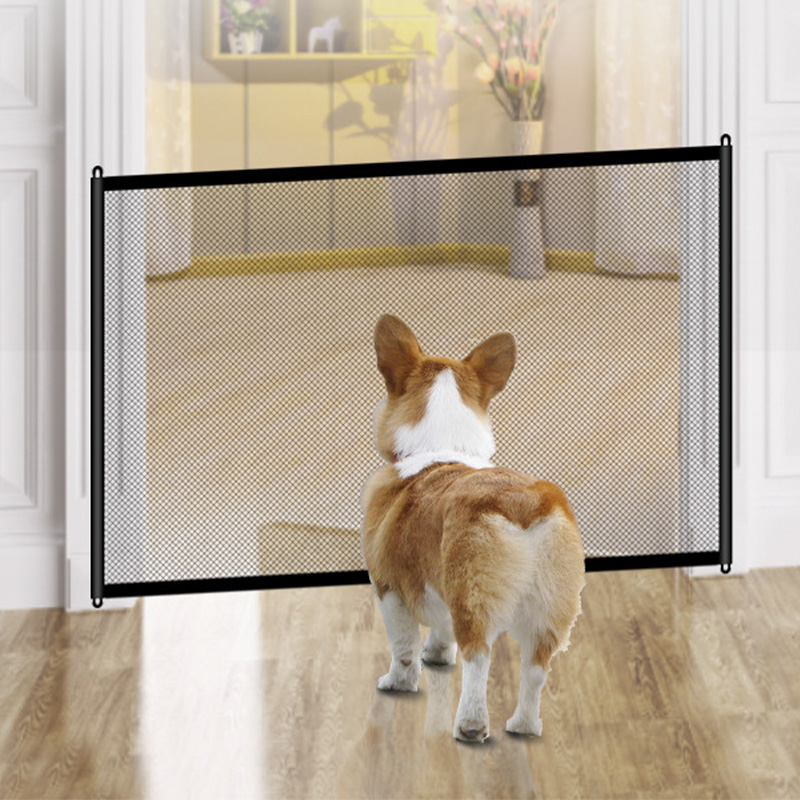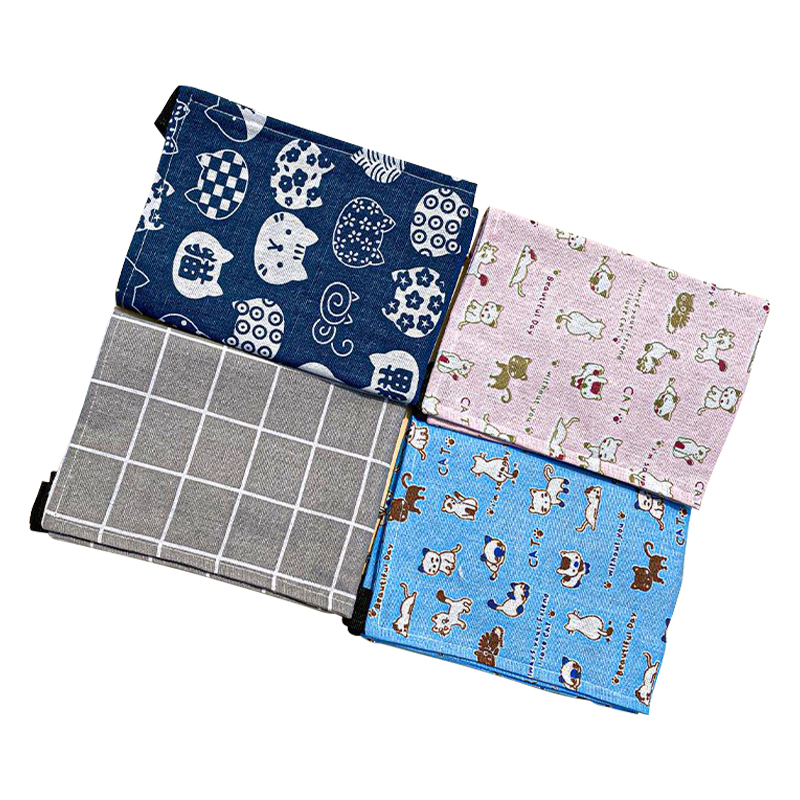The production of cat beds involves a variety of materials and manufacturing techniques to ensure durability, comfort, and safety. Common materials used in cat bed production include:
Fabrics: Soft, breathable fabrics such as cotton, wool, and microfiber are often used to cover cat beds. These materials are chosen for their comfort and ease of cleaning.
Foams and padding: High-density foams and memory foams are popular choices for cat bed padding. They provide reliable support and cushioning, making cat beds comfortable for long periods of use.
Eco-friendly materials: Manufacturers are increasingly using eco-friendly and sustainable materials such as recycled plastics and organic cotton to produce cat beds. These materials are better for the environment and safe for cats.
Design and construction: Cat beds vary in construction, from simple flat mats to complex structures with multiple layers and hiding spots. Each design is designed to meet the different preferences of cats.
The choice of materials in cat bed production not only impacts comfort but also influences the overall design and functionality. For example, a wool cat bed cave provides a cozy and secure environment for felines. Wool is naturally insulating, keeping cats warm during colder months while remaining breathable enough to prevent overheating. The cave-like design offers a sense of safety, allowing cats to retreat and feel hidden from view, which is particularly appealing for shy or anxious pets. The softness of wool against a cat's fur enhances their comfort, encouraging longer periods of rest and relaxation.
Another innovative approach in the pet bed market includes the creation of specialized sleeping options, such as a small dog camping bed. While designed primarily for small dogs, these beds can also accommodate cats, especially if they enjoy snuggling up in a portable, lightweight option. The versatility of a camping bed allows pet owners to take it outdoors, providing a comfortable resting place for pets during family outings, picnics, or camping trips. The materials used in these beds often include water-resistant fabrics and durable padding, ensuring that they can withstand outdoor conditions while providing a cozy spot for pets to recharge.
When it comes to manufacturing techniques, various methods are employed to enhance the durability and appeal of cat beds. Stitching techniques are crucial, particularly in ensuring that seams are reinforced to withstand the wear and tear of daily use. For example, double stitching is often used in areas that are more likely to experience stress, such as the edges and corners of beds. This attention to detail can significantly extend the lifespan of a product, making it a worthwhile investment for pet owners.
Additionally, some manufacturers incorporate removable covers that can be easily washed. This feature not only keeps the bed clean but also allows for the replacement of worn-out fabric without needing to discard the entire bed. By using high-quality zippers and velcro closures, manufacturers ensure that covers stay securely in place while being user-friendly for pet owners.
The trend towards eco-friendly production methods is gaining traction, with a focus on sustainable practices throughout the supply chain. This includes sourcing materials that have a small environmental impact, such as organic cotton and recycled fibers. These sustainable options appeal to environmentally conscious consumers who wish to make responsible choices for their pets without sacrificing comfort or quality.
Furthermore, the growing trend in pet ownership and care has led to an increase in personalized designs. Many manufacturers now offer customizable cat beds where owners can choose colors, patterns, and even sizes to suit their home decor and the unique preferences of their pets. This level of personalization enhances the appeal of the product, making it not just a pet accessory but also a decorative item for the home.
As the market continues to evolve, the demand for innovative cat bed designs will likely grow. This may include the incorporation of technology, such as heating elements or self-cleaning features, to cater to the modern pet owner's lifestyle. However, regardless of trends, the primary focus remains on providing a safe, comfortable, and durable sleeping environment for pets.
In conclusion, the production of cat beds encompasses a range of materials and techniques designed to create comfortable resting spaces for our feline companions. From the soft comfort of a wool cat bed cave to the portable convenience of a small dog camping bed, the industry offers a variety of options that cater to the needs of both pets and their owners. The emphasis on quality, sustainability, and innovative design ensures that these products not only meet practical needs but also enhance the overall pet ownership experience.











